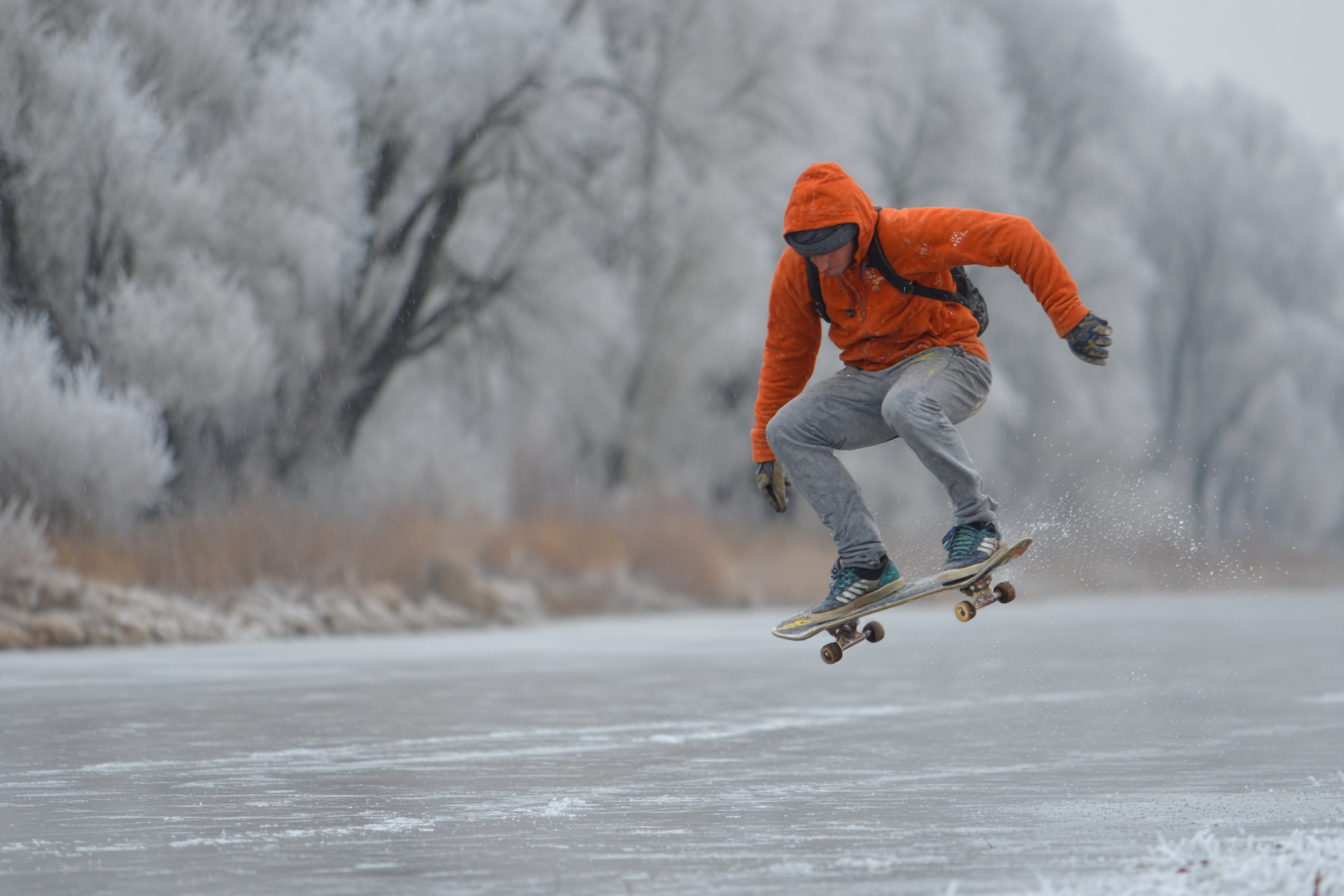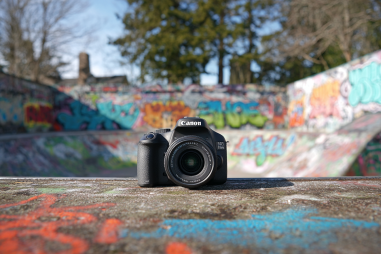Skateboarding is a thrilling and dynamic sport enjoyed by enthusiasts around the world, but when the cold weather sets in, hitting the pavement can feel a lot less inviting. Low temperatures can impact your body’s performance, affect your gear’s durability, and even make certain skating surfaces treacherous. However, with the right approach and preparation, you can continue to enjoy skateboarding even when the thermometer drops. In this article, we’ll explore practical tips and techniques to help you keep rolling safely and comfortably during the colder months.
Proper Layering and Protective Clothing
One of the most important factors to consider when skateboarding in cold weather is how you dress. Staying warm without restricting your movement requires a thoughtful approach to layering. Start with a moisture-wicking base layer, such as thermal underwear or high-quality sports fabric, to keep sweat away from your skin. Next, add an insulating layer, like a fleece or light down jacket, to retain body heat. Finally, choose a windproof and water-resistant outer layer to protect against chilly winds and occasional moisture.
Don’t forget accessories that offer additional warmth and protection:
- Gloves: Opt for thin, flexible gloves that allow for good board control while keeping your hands warm.
- Beanies or Hats: Keeping your head warm can help maintain your overall body temperature.
- Neck Gaiters or Scarves: These protect your neck and face from biting cold winds.
- Warm Socks: Thickness matters; padded or wool socks can keep your feet cozy inside your skate shoes.
Footwear is also crucial. Skate shoes with good insulation and grip will help you maintain control and comfort. If possible, consider waterproof skate shoes or apply water-repellent treatments to your existing ones to keep your feet dry.
Skateboard Maintenance Tips for Cold Climates
Cold weather can also affect your skateboard’s performance. Low temperatures can cause the bearings to become stiff or even freeze, and wooden decks may become more brittle or prone to cracking due to moisture and temperature fluctuations.
To keep your skateboard in prime condition through the winter:
- Protect Your Bearings: Use water-resistant or sealed bearings that are better suited for cold, damp conditions. Clean and lubricate them regularly to avoid stiffness.
- Keep Your Deck Dry: Avoid skating on wet or icy surfaces where moisture can seep into the deck wood, causing warping or weakening. After skating, wipe your board down and store it indoors at room temperature.
- Check Your Hardware: Cold temperatures can cause metal parts to contract and loosen. Regularly inspect your trucks, bolts, and nuts to ensure they remain tight and secure.
- Use Appropriate Wheels: Softer wheels tend to grip better on cold, abrasive surfaces, so consider switching to them if you usually use hard wheels.
Adjusting Skate Techniques on Cold, Often Slippery Surfaces
When skateboarding in cold weather, the surfaces you ride on may be slick from ice, frost, or accumulated grime, which demands a change in your technique to maintain balance and safety.
- Slow Down: Cold conditions call for reducing speed. This allows you more control and reaction time.
- Shorten Your Stance: A lower center of gravity improves stability on slippery surfaces.
- Avoid Abrupt Movements: Sudden turns or tricks can lead to slips and falls, so practice smooth, controlled maneuvers.
- Scout Your Terrain: Before skating, inspect your path for icy patches or wet leaves that could cause slips.
Adapting your style by focusing on cruise skating or simple manuals rather than high-impact tricks can help maintain progress and enjoyment safely in cold weather.
Warm-Up Routines to Reduce Injury Risk
With muscles and joints less naturally flexible in cold weather, warming up becomes even more essential to prevent injuries. A proper warm-up will increase circulation and prepare your body for the physical demands of skating.
Consider incorporating these warm-up exercises before you hit the pavement:
- Dynamic Stretching: Focus on legs, ankles, wrists, and back with movements like leg swings, toe touches, wrist circles, and body twists.
- Light Cardiovascular Activity: Jog in place, jump rope, or do jumping jacks to increase your heart rate and body temperature.
- Practice Basic Movements: Start with simple skating drills at low intensity to gradually engage the muscles and get your balance ready.
Taking 10 to 15 minutes for a good warm-up can vastly improve your performance and reduce the chances of strains or sprains during winter sessions.
Indoor Skatepark Options for Winter
When temperatures drop too low or outdoor conditions become unsafe, heading indoors can help you keep your skateboarding momentum alive. Many cities offer indoor skateparks where you can skate year-round without weather concerns.
Benefits of indoor skateparks include:
- Consistent Surface Quality: No ice, snow, or wet patches to worry about.
- Safe Environment: Often supervised and designed with safety in mind.
- Community and Events: A place to meet other skaters and participate in workshops or competitions.
If you don’t have access to an indoor park, consider experimenting with alternative indoor training like balance boards or skateboard simulators. These tools can help maintain skills and balance without stepping outside.
Recognizing Cold Weather-Related Health Risks
Skateboarding in cold weather isn’t just about comfort; it’s also about safety and health. Being exposed to prolonged cold can lead to risks such as frostbite, hypothermia, and muscle strains.
- Frostbite: This occurs when skin and underlying tissues freeze, typically affecting extremities like fingers, toes, nose, and ears. Watch for numbness, discoloration, or a burning sensation.
- Hypothermia: A dangerous drop in core body temperature that can cause confusion, shakiness, and fatigue. Take breaks indoors for warmth if you feel any symptoms.
- Muscle Stiffness and Injuries: Cold muscles are more prone to strains—remember the importance of warm-ups and appropriate clothing.
Listening to your body and knowing when to call it quits is essential. If conditions become too intense or your body feels unusually cold or weak, seek warmth immediately.
Keep Your Passion Rolling Through Winter
Skateboarding in cold weather requires some extra preparation, adjustment, and mindfulness, but it can be incredibly rewarding. By dressing properly, maintaining your gear, adapting your techniques, warming up thoroughly, and using indoor facilities when necessary, you can keep skating through the chilly months without losing momentum. Embrace the challenges that winter brings and turn them into opportunities to develop resilience and skill. When the temperatures start to rise again, you’ll be ready to hit the streets with confidence and a whole new perspective on your skating journey.







